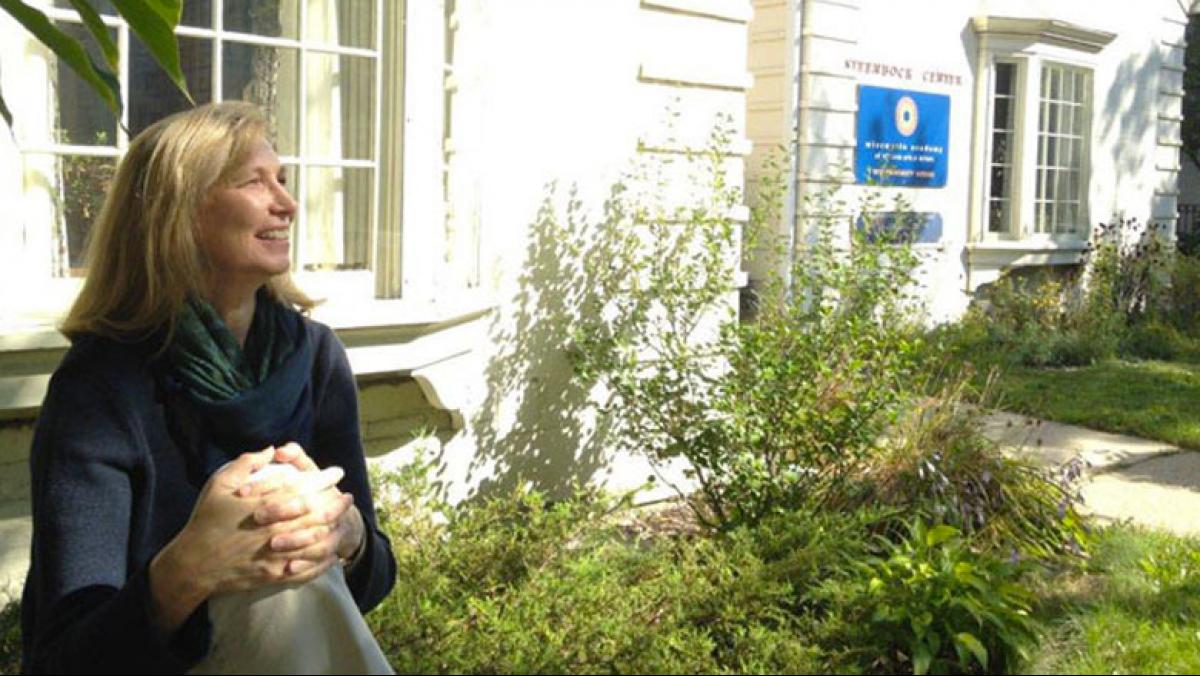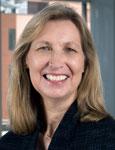When writer and historian James Truslow Adams coined the term “the American Dream” in 1931, the phrase perhaps had more to do with the idealism at the heart of the American experience than simple material prosperity. The American Dream, he wrote in The Epic of America, is “that dream of a land in which life should be better and richer and fuller for everyone, with opportunity for each according to ability or achievement.”
Even though the American Dream in 2017 has many definitions, that core of idealism, of unlimited potential, persists to this day. For some, this means visions of prosperity in the form of wealth and access to “the good life.” In reality, that concept of prosperity is often realized as a manageable home mortgage, modest savings account, and steady job. Others dream of an escape from poverty, or of a college education and the promise it holds in terms of health, wealth, and, perhaps, happiness. American citizenship itself can be the ultimate dream, a chance to live in “the land of the free.”
The American Dream to which many of us still cling today was forged in the years after World War II. My dad, like so many veterans, returned to his hometown after his time in the service and got married. Dad got a job as a draftsman for AC Spark Plug (a job he kept for 35 years) that came with medical and dental benefits, vacation time, and a retirement plan. He saved enough money to buy the small lot in the country on which he built our house. My parents raised two children who got a solid education at public school, said the pledge of allegiance, and did their homework.
My parents lived modestly and, because they were savers, were able to afford my tuition at a four-year state university. Moreover, my parents were also able to retire with a pension, insurance, and some savings, which meant that they could continue to live modestly without fear of encroaching poverty or losing access to health care in their later years.
Today, in 48% of American families, both parents work outside the home. In many cases, it’s because these families need two incomes to make ends meet.
While around 90% of Americans now have some form of health insurance, only 31% have more than $1,000 in savings. This makes retirement an open question for many aging Americans in the work force, especially for those who (like my parents) hope to contribute to the higher education of their children.
It’s important to note that our understanding of what constitutes “American” is shifting as much as our definition of the American Dream. Like most Americans, I’m the descendent of immigrants. Early in the 20th century, my Scandinavian grandparents came to the United States to pursue the dream of opportunity—and escape poverty and political upheaval in southern Finland. Would these Finnish-American immigrants be welcomed today?
For the Academy’s 2017–2018 season, we’re hosting a series of talks on the ways in which today’s American Dream is both similar to and different from that of previous generations. Held in partnership with WisconsinEye, our six-part American Dream in Wisconsin series will explore the social and economic impacts of immigration, the changing face of rural and urban communities, the role of education and science in creating opportunity, and, perhaps most important, what the future holds for those of us who still believe in an American Dream. For our series we’ll be tapping the wisdom and experience of social scientists, historians, artists, and community leaders from across the state.
Please join us—in person or through Facebook Live—on this journey, as we expect this to be a fascinating and informative series that will be stronger for your participation.




